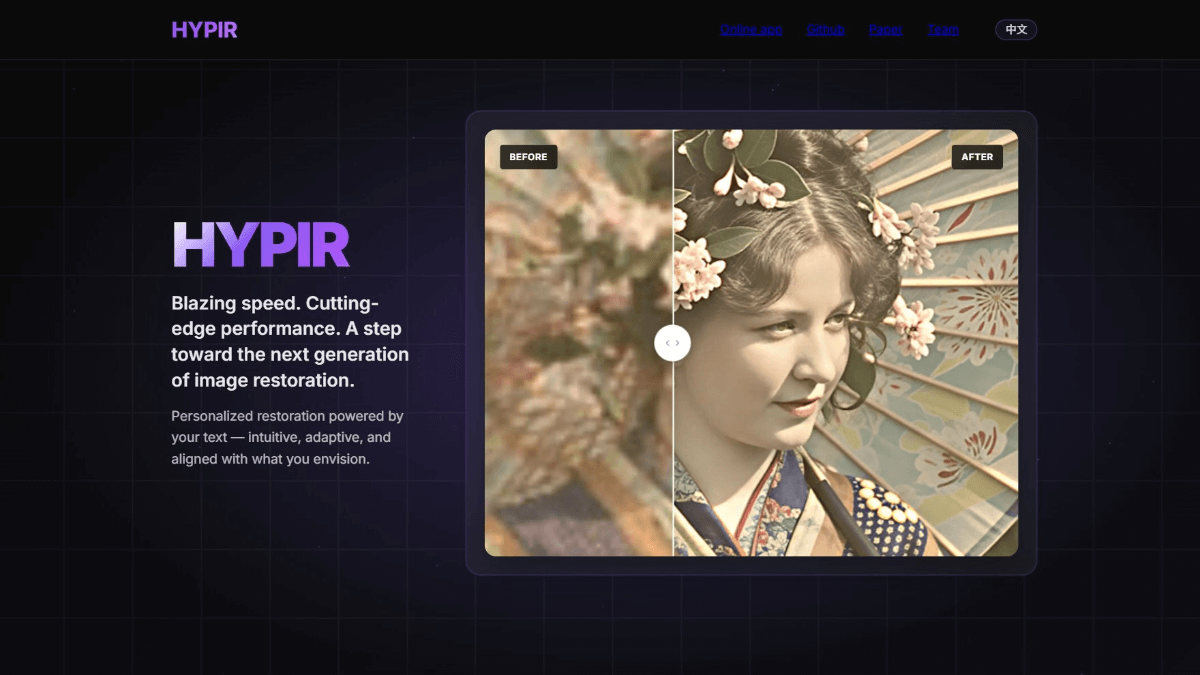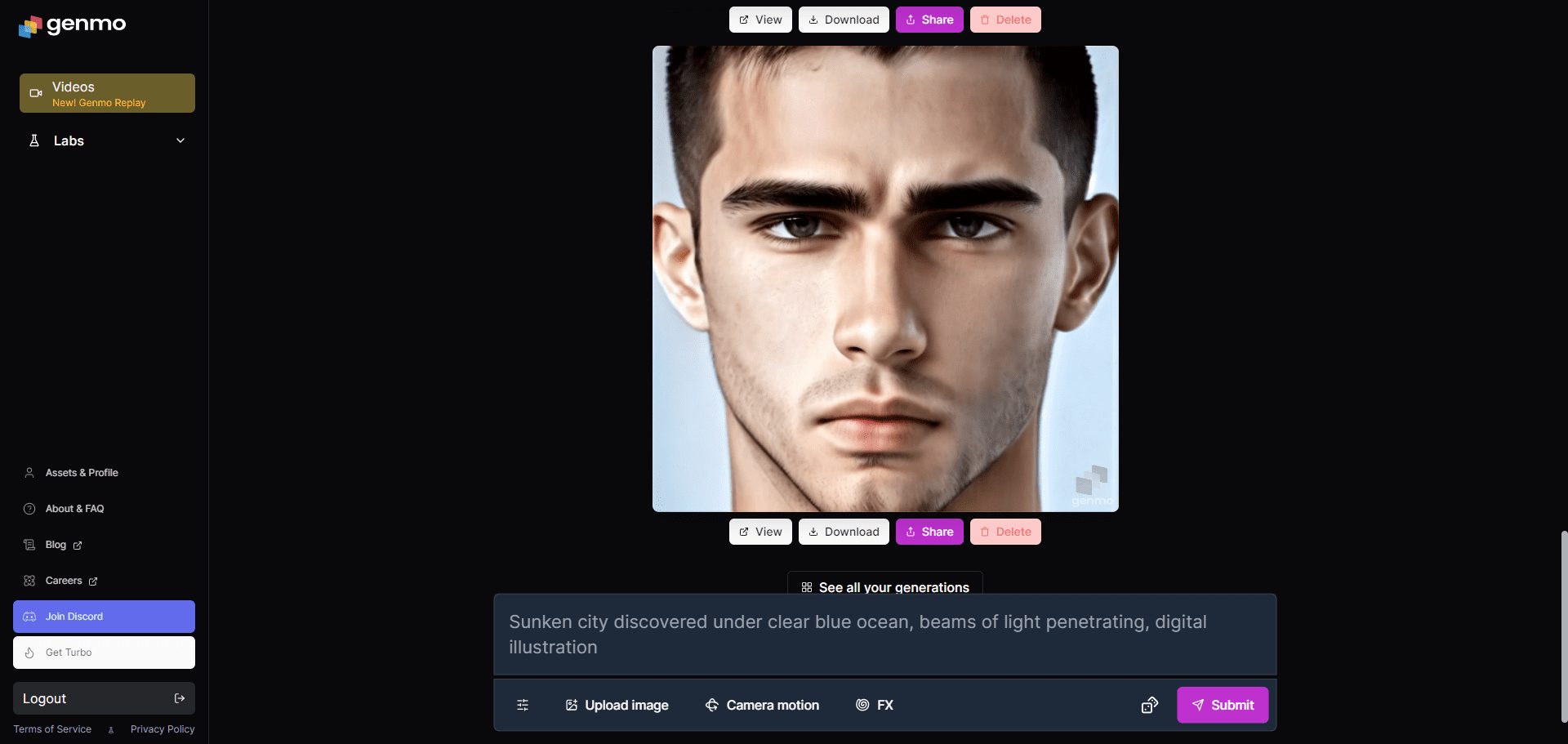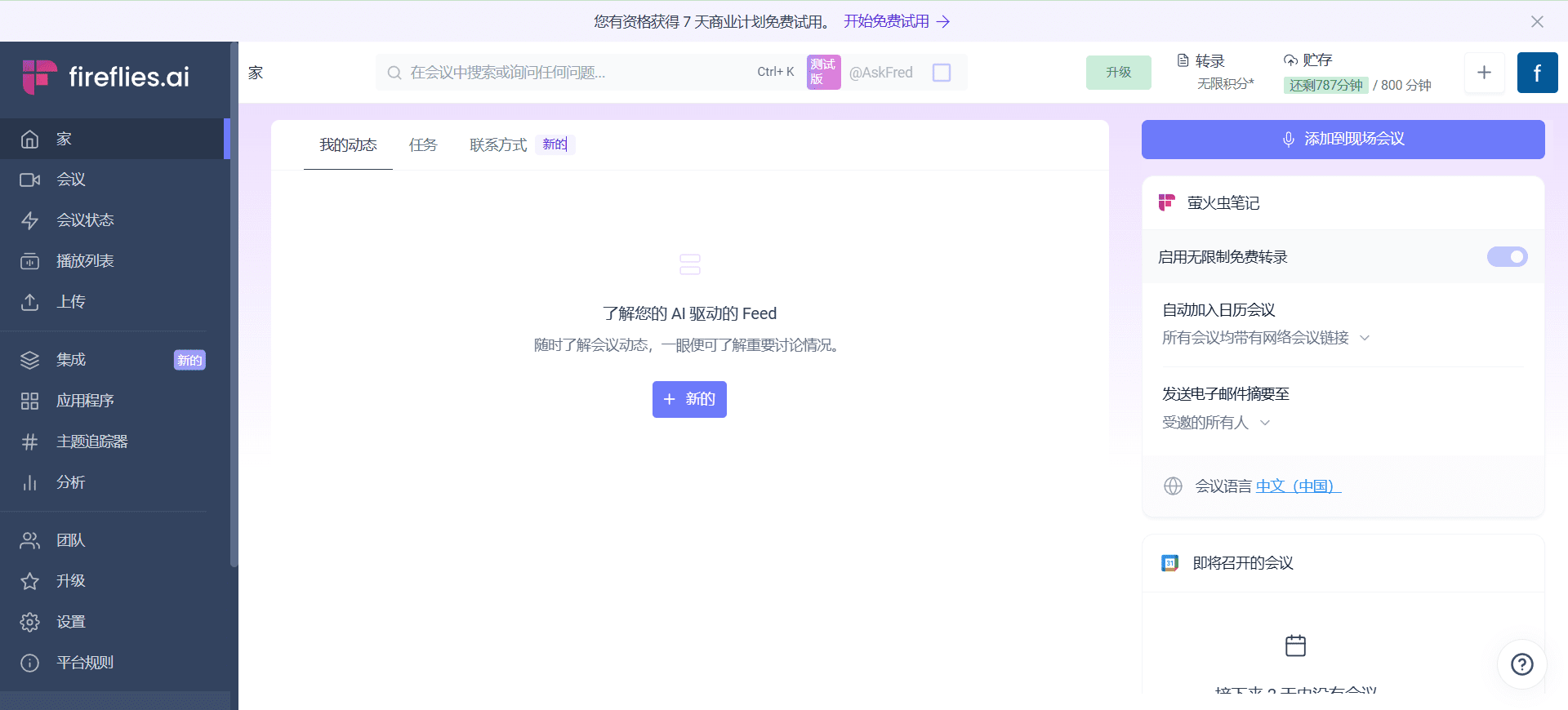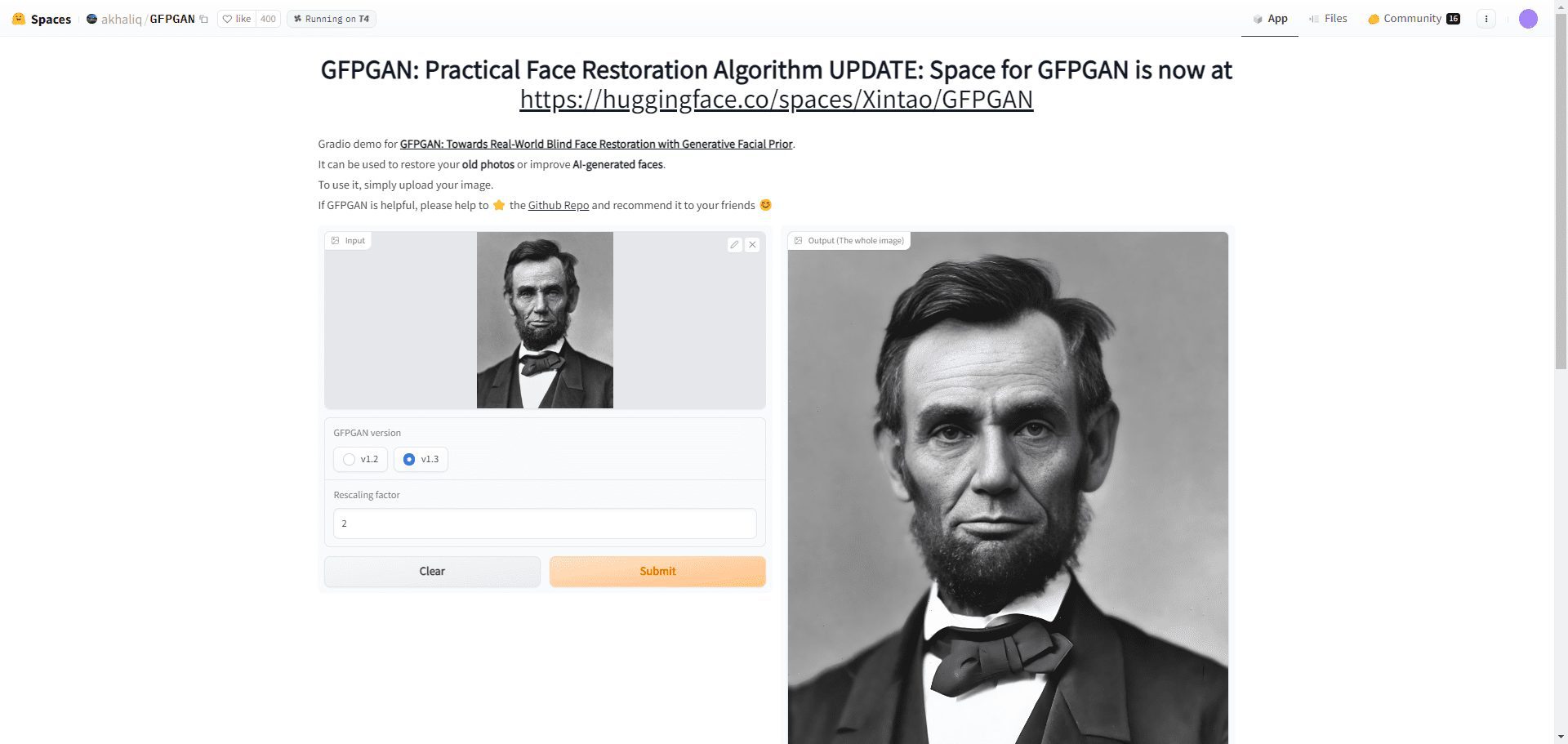HYPIR - A new large model for image restoration introduced by a team from the Chinese Academy of Sciences
What is HYPIR?
HYPIR is a large model for image restoration introduced by Dong Chao's team at Shenzhen Institutes of Advanced Technology, Chinese Academy of Sciences. The model combines the fractional prior of the diffusion model with an adversarial generative network to achieve efficient, high-quality image restoration.HYPIR can quickly restore old photos and improve resolution while maintaining text clarity and texture sharpness.HYPIR supports personalized text-guided restoration, and users can customize the style and details.The technological advantage lies in the pre-training of the diffusion model to initialize the restoration network and the training of the single-step adversarial generative model, which significantly improves the speed compared with traditional methods. HYPIR has a broad application prospect in the fields of high-resolution image restoration, film and video restoration, cultural heritage protection and digital content creation.

Main functions of HYPIR
- top speed recovery: HYPIR can accomplish the task of recovering high-resolution images in a short period of time, for example, it takes only 1.7 seconds to recover a 1024×1024 resolution image on a single graphics card, which is a significant increase in speed compared to traditional methods.
- Personalized recovery: Users can customize the restoration effect by inputting text descriptions, such as specifying the style and details of the restored image, to meet the needs of different users.
- Old Photo Restoration: HYPIR effectively restores low-quality old photos by removing noise, repairing scratches and blurs, and restoring original details and colors.
- Ultra-high resolution generation: HYPIR supports the generation of images up to 8K resolution while maintaining image detail and clarity.
- text fidelity: During the restoration process, HYPIR maintains the clarity and integrity of the text, whether it is a simple logo or a complex document, and restores it with precision.
- Texture Sharpness Adjustment: The user adjusts the texture details of the image as needed, enhancing or diminishing the texture sharpness of the image with simple parameter settings.
- Generating fidelity tradeoffs: Users can flexibly adjust between generation quality and fidelity, choosing whether to emphasize generation or fidelity according to their specific needs.
HYPIR's official website address
- Project website:: https://hypir.xpixel.group/
- Github repository:: https://github.com/XPixelGroup/HYPIR
- arXiv Technical Paper:: https://arxiv.org/pdf/2507.20590
How to use HYPIR
- Installation of dependencies: If you need to run HYPIR locally, you need to install Python and a deep learning framework such as PyTorch. Install all necessary dependent libraries according to the project documentation.
- Download code and models: Download code and pre-trained models from HYPIR's GitHub repository.
- Run the sample code: Run the sample code to see how the basic functions of HYPIR work.
- Preparing the input image: Prepare the images to be restored, which can be old photographs, low-resolution images, or other images that need to be restored.
- Configuration parameters: Configure the parameters of HYPIR according to your needs. For example, specify the recovery style, resolution, texture sharpness, etc.
- Implementation of the recovery mandate: Run HYPIR with the configured parameters to recover the input image.
- Adjustment and optimization: If the results are unsatisfactory, adjust the parameters and rerun the recovery task.
HYPIR's core strengths
- Efficient recoveryThe speedup of the traditional method is significantly higher than that of the traditional method, e.g., it takes only 1.7 seconds to recover a 1024×1024 resolution image on a single graphics card.
- High quality output: Initialize the restoration network with a pre-trained diffusion model to ensure that the restored image has excellent quality and detail performance, and can accurately restore the original shape of the image.
- Personalization: Support text-guided recovery function, users can customize the recovery effect by inputting text descriptions to meet the needs of different users on the recovery style and details.
- Wide applicability: Applicable to a wide range of scenarios, including old photo restoration, high-resolution image generation, film and video restoration, and cultural heritage preservation, etc., capable of handling complex scenes and details.
- Flexible adjustment: Users have the flexibility to make trade-offs between generation quality and fidelity, choosing the best restoration for their specific needs.
Who HYPIR is for
- Professional Image Restorer: Used to efficiently restore old photographs and historical images, improve image resolution and keep details sharp.
- film and television post-producer: Quickly repair low-quality images in movies and TV shows, improve resolution and clarity, suitable for old movie restoration and TV show image optimization.
- Cultural heritage conservationists: Accurately restore historical images and ancient documents, helping to digitally preserve cultural heritage and maintain the integrity of text and details.
- Digital content creators: Quickly generate high-quality image materials for use in advertising, design, game development, etc. to meet diverse creative needs.
- regular user: Easily restores old family photos, improves the quality of travel photos, and meets daily image processing needs.
© Copyright notes
Article copyright AI Sharing Circle All, please do not reproduce without permission.
Related posts

No comments...




